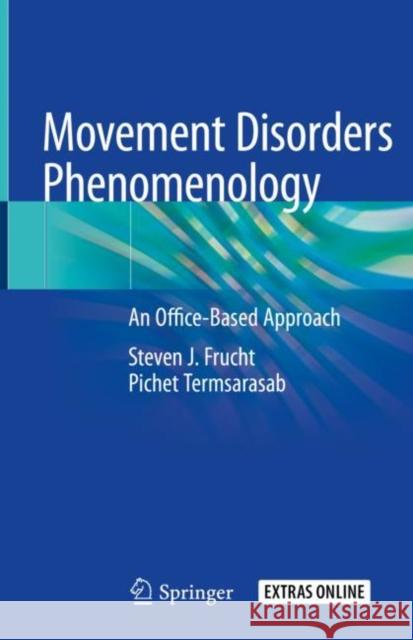Movement Disorders Phenomenology: An Office-Based Approach » książka
topmenu
Movement Disorders Phenomenology: An Office-Based Approach
ISBN-13: 9783030369743 / Angielski / Twarda / 2020 / 314 str.
Movement Disorders Phenomenology: An Office-Based Approach
ISBN-13: 9783030369743 / Angielski / Twarda / 2020 / 314 str.
cena 564,88
(netto: 537,98 VAT: 5%)
Najniższa cena z 30 dni: 539,74
(netto: 537,98 VAT: 5%)
Najniższa cena z 30 dni: 539,74
Termin realizacji zamówienia:
ok. 22 dni roboczych
Bez gwarancji dostawy przed świętami
ok. 22 dni roboczych
Bez gwarancji dostawy przed świętami
Darmowa dostawa!
Kategorie BISAC:
Wydawca:
Springer
Język:
Angielski
ISBN-13:
9783030369743
Rok wydania:
2020
Wydanie:
2020
Ilość stron:
314
Waga:
0.75 kg
Wymiary:
16.2 x 24.1 x 2.4
Oprawa:
Twarda
Wolumenów:
01











